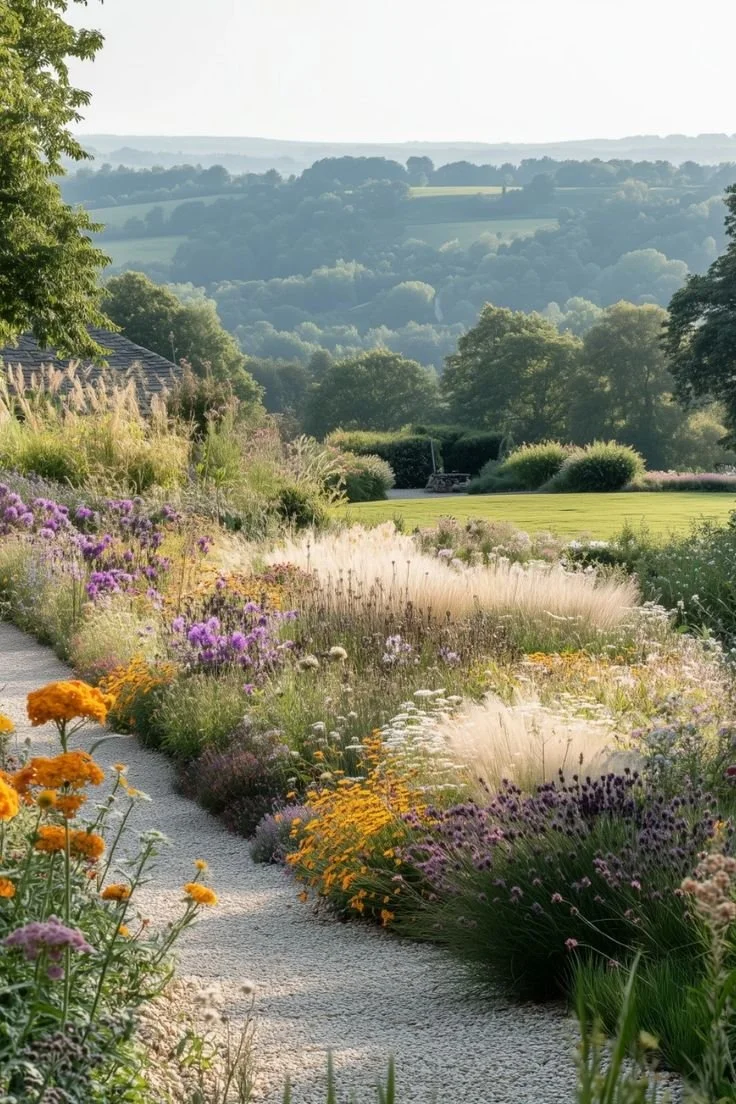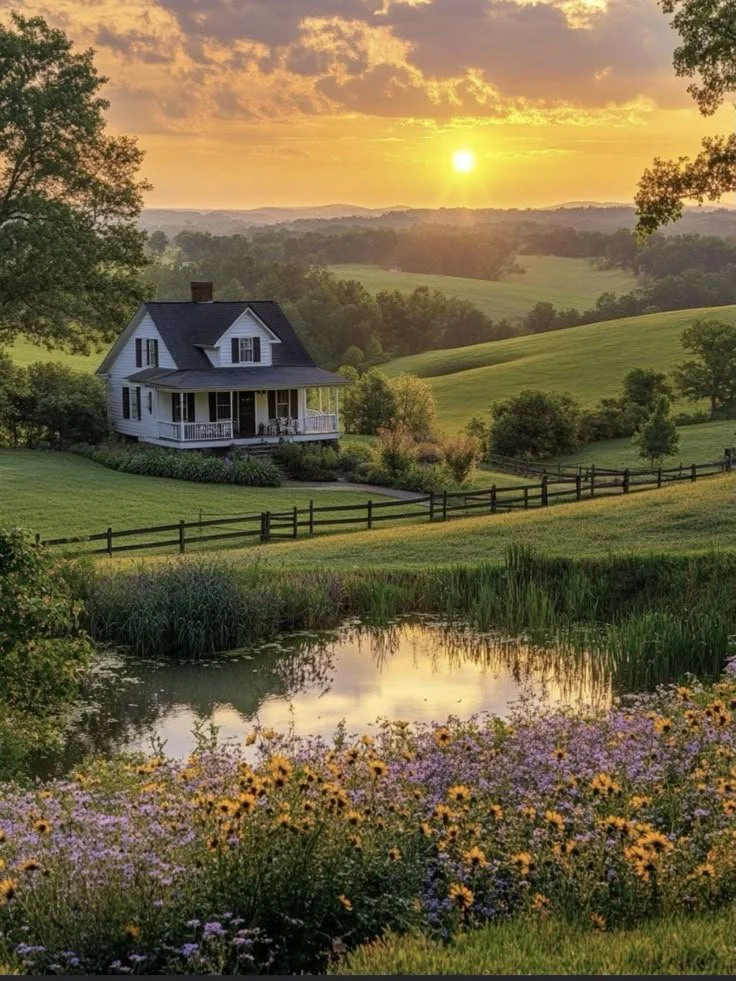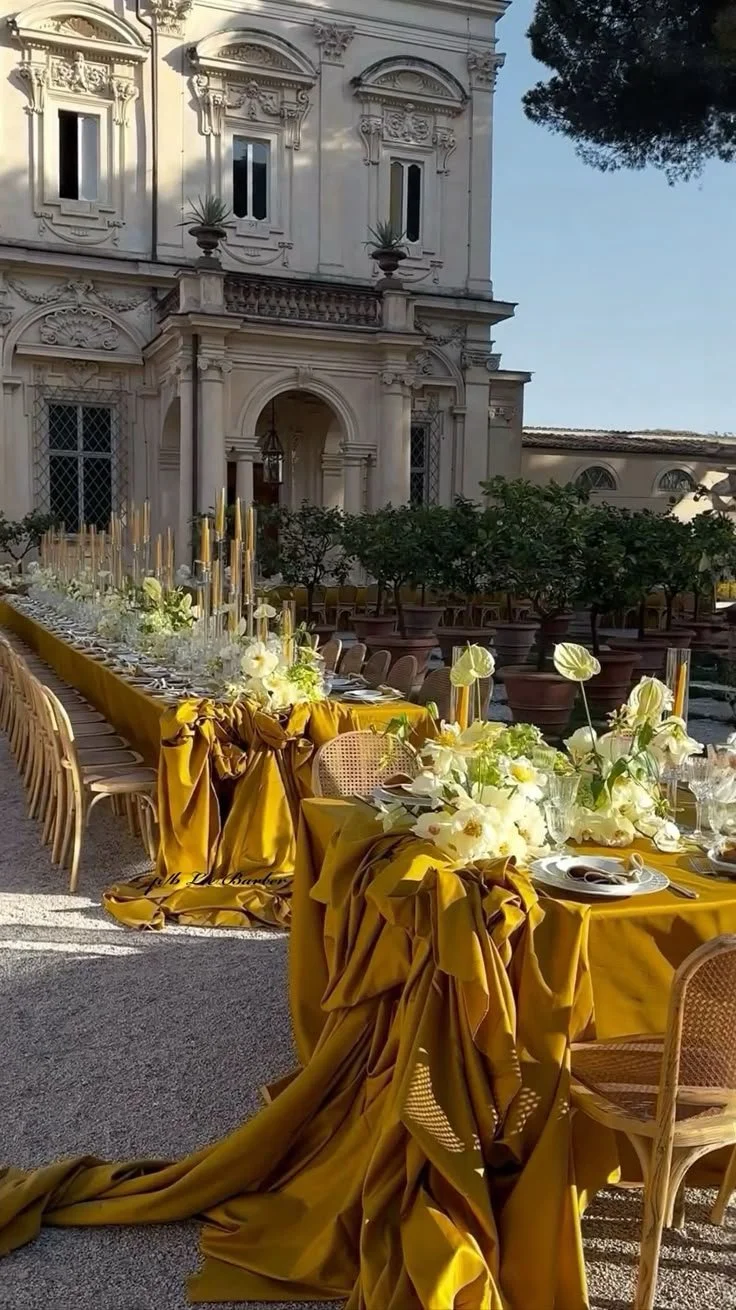How To Use Furniture To Style Your Home Like A Pro
A beautiful home with fine furniture is the result of the owner’s vision and their sense of aesthetics. It goes beyond just arranging objects in a home; it is about creating an enduring living space with personality, reflecting personal tastes and a way of living.
Styling your home like a professional interior designer is achievable, whether it's your first time owning a home or you're seeking a new look.
In this article, we share ways you can use furniture to attain an elegant and stylish appearance in your home.
No. 1
Understanding Your Style
Identify your style before you rush to buy furniture for your home. The secret of an artful design in a house is unity and harmony.
When buying furniture, it's essential to identify your style to ensure that your pieces reflect your personality and preferences. Start by considering whether you prefer modern, minimalist designs, or if you lean towards more traditional, rustic styles. Think about colors, materials, and textures that appeal to you—this will help you create a cohesive look in your space.
Here are design styles to consider:
Modern: Furniture and interior design that is simple in style and shape, often white or off-white.
Traditional: Incorporates the timeless design elements of golden age interiors, luxurious materials, and warm hues.
Industrial: They are raw materials, which are exposed and have a utilitarian look.
Bohemian: Bohemian embraces bright hues, vintage and antique furniture, and an informal, creative atmosphere.
Scandinavian: Known for its simplicity, practicality, and the concept of light and space.
Additionally, assess the functionality you need from your furniture to align with your lifestyle. By understanding your style upfront, you can make informed decisions and select furniture that truly resonates with your lifestyle.
No. 2
Planning and Layout
Organization and design are critical elements in designing a cohesive environment.
Begin by determining your rooms’ dimensions and sketching out the layout of your rooms. Take care to plan the flow of movement and guarantee that there is sufficient area for movement.
Functionality First: Determine the function of each of the rooms as you proceed with your design project, in order to effectively design the rooms. For instance, your living room should be suited for conversing and lounging, while your dining room should be best suited for dining and hosting guests.
Focal Points: Choose areas in each room that will become the point of focus, whether it is a fireplace, a large window, or a painting. As such, you should position your furniture in a manner that brings out these aspects.
Balance and Proportion: Ensure that furniture is also evenly placed in the room to ensure an even distribution. Do not place all the large pieces on one side of the room as this would create an imbalance. Likewise, be aware of proportion while selecting the dimensions of the furnishing.
No. 3
Finding Unique Furniture
Enhance your living space by curating unique and timeless furniture pieces from different locations that resonate with you and reflect your individuality.
Consider Austin, TX, well known for its rich culture, great music, and laid-back attitude, which is reflected in the many furniture stores that the city has to offer. Regardless of whether you’re interested in contemporary, traditional, antique, or bespoke furniture, this county caters to everyone. Moreover, having a fixed budget won’t stop you from purchasing quality pieces in this area as the variety of Austin Texas furniture fits many tastes and aesthetics.
Here are a few options to consider:
Modern Boutiques: For modern designs, visit Four Hands Home and Uptown Modern which sells stylish furniture collections that can be used for both beauty and functionality.
Vintage Shops: Austin is a perfect place for those who are interested in vintage finds. You can find eclectic pieces here that would fit the vibe and complement the beauty of your home.
Custom Furniture: For something that is more personal, try to visit local craftsmen and custom furniture makers. Such artists can give you pieces that are tailored to your specifications and needs in terms of design.
When purchasing furniture in Austin, you not only find pieces that fit your taste, you bring home the true and unique spirit and energy of this town.
No. 4
Selecting the Right Furniture
When creating a space intended for a stylish setting, selecting the appropriate furniture is crucial. The furniture chosen should not only contribute to a polished and aesthetic appearance but also support functionality and comfort.
Opt for pieces that reflect professionalism, such as sleek desks, ergonomic chairs, and tasteful décor that complements the overall vibe of the space. Remember that the right furniture can significantly impact the atmosphere and impression of the environment you aim to create, so choosing flexible furniture that adapts to your evolving needs is a good idea.
Living Room
The living room is usually the focal point of a home where you spend the most time gathering with your family and friends.
Sofa: The living room centerpiece is the sofa. Select one that suits your distinct preferences, keeping comfort in mind. If you want a contemporary and stylish appearance, consider getting a low-back sofa. For a more classic look, a tufted or rolled-arm couch is suitable.
Coffee Table: Choose a coffee table that can complement the sofa. Thus, if your sofa is massive and sturdy, choose a more delicate and airy coffee table to provide the contrast.
Accent Chairs: Accent chairs should be provided for extra seating and to create variety in terms of texture and color.
Storage: Storage such as bookcases, media consoles, or built-in shelves can also be incorporated into the home to keep the room neat and orderly.
Dining Room
When you create a dining space that is both functional and aesthetically pleasing, you set the stage for enjoying meals with loved ones and fostering a sense of togetherness.
Consider these elements:
Dining Table: Choose the right dining table for your house based on the available space and your requirements. Round tables are appropriate for small spaces whereas rectangular ones are suitable for spacious areas.
Chairs: Choose chairs that are in harmony with the table and ensure they are comfortable. Using different chairs can bring added flair to the interior.
Lighting: A bold dining room chandelier or pendant light above the dining table can be the center of attention for the room.
Storage: A buffet, sideboard, or cabinet keeps dinner and other dining utensils and enhances the decor of the room.
Bedroom
The bedroom is one of the most important rooms in the house and it should be a place of comfort and relaxation.
Bed: The bed is one of the most important pieces of furniture and certainly occupies a central position in the bedroom. Choose a bed frame that reflects your interior design theme: it can be a simple platform bed, a magnificent canopy bed, or a comfortable upholstered headboard bed.
Nightstands: Nightstands are functional and attractive additions to bedrooms. Choose ones that offer storage and should be coordinated with the bed.
Dresser: Storage is important, so a dresser cannot be underestimated. Choose one that complements the theme and size of your room while providing enough storage for your items.
Bedding: Proper bedding should be purchased that aligns with comfort and completes the look of the room. To create a dimensional look, consider layering different textures and patterns together.
Home Office
Due to the increase in remote working, a properly equipped and aesthetically appealing work-from-home office is essential.
Desk: Select the right desk that is comfortable for your work and office layout. An ergonomic desk with ample surface area is suitable for excessive use while a sleek, low-profile desk suits confined areas.
Chair: It is important to have a comfortable chair especially if your work entails many hours. Select a chair that provides back support and matches well with your office furniture.
Storage: Offices require shelves, cabinets, and filing systems to prevent overcrowding and maintain tidiness in the workplace.
Lighting: Lighting is another important factor that should be considered when designing a room. Use a task light such as a desk lamp in addition to the ambient light to ensure a well-lit area.
No. 5
Adding Finishing Touches
After assessing the big-picture elements of the room, it’s time to refine them and fine-tune them to perfect the room.
Color and Texture
By adding color and texture, you can increase the overall appeal of a home, thereby making it more visually appealing.
Here’s how:
Color Palette: Select a proper interior color scheme for each room to have a consistent and well-coordinated design. Basic tones are provided by those middle ground colors while bright tones give the product character.
Textures: Use wood, metal, glass, high gloss sideboard, and fabrics in varying planes and densities to create an exciting multi-textured surface.
Accessories
The accessories are like the ornaments that are a part of homes—personal and unique.
Consider the following:
Rugs: Area rugs provide the base for a room and help draw physical barriers between zones, especially in an open floor plan. Select a rug that blends in with the home’s color scheme and that of the furniture.
Pillows and Throws: Cushions and throws are ornamental and offer added softness to sofas and beds as well.
Art and Wall Decor: Elements like artwork, mirrors, and wall decor are a good representation of your personality and can provide visual accents.
Plants: Having indoor plants in our houses gives life and freshness to any type of room. Opt for plants that grow well in the available light in your house and match the interior design of your house.
Lighting
Lighting creates an interesting and functional element that determines the general mood and emphasizes the aesthetic of home design.
Here are some tips:
Layered Lighting: Use a combination of general, focal, and specific lighting in the room to achieve the best look and feel.
Statement Fixtures: A decorative chandelier or peculiar pendant lamp, for instance, is capable of becoming the accent of a room and brings character.
Dimmers: Introducing a dimming system to control the amount of lighting to suit the occasion at hand or provide the right atmosphere.
No. 6
Maintaining a Styled Home
A well-designed living space is beautiful and requires care and sometimes even occasional redecorating.
Incorporate the following activities to maintain your newfound aesthetic:
Declutter Regularly: Clean the space effectively by frequently tidying up and divesting.
Rotate Accessories: To avoid boring yourself, switch out accessories like pillows, throws, and artwork within the room.
Stay Updated: When it comes to design trends, make sure to keep up to date with new changes and make small changes to update your home’s appearance regularly.
Takeaways
In this guide, we shared how to elevate your home like a pro with the addition of furniture and complementing elements. By understanding your personal tastes, planning the layout, selecting furniture, and finally, adding accents, you can create a cohesive look that communicates style and sophistication. Thus, by sticking to the following recommendations, you can design a harmonious, warm, and beautiful environment that will be loved and enjoyed by everyone in your household for years to come.
FAQ
Where can I find ideas on how to choose the right style of furniture for my home?
To start, determine which style or themes perfectly suit you—maybe it’s a modern style or a traditional one—perhaps you lean more toward industrial, bohemian, or Scandinavian. Enlist the help of design magazines, Pinterest, and furniture showrooms, where you can decide on designs that interest you.
What are some aspects that could be considered in arranging furniture so that it can optimize the use of space?
To ensure a well-balanced and functional space, it is essential to take accurate measurements of the rooms planned and create a rough outline of how the layout will look. This process helps in establishing a proper traffic pattern and ensures that the decor is evenly distributed throughout the space.
When designing a space, it is wise to focus on prominent fixtures like fireplaces or large windows first. These elements can serve as focal points, around which the furniture can be arranged to complement and enhance their presence.
What are some final touches to add that provide a sense of completion and fine-tuning of the interior?
Bring in accessories like area rugs, throws, cushions, and contemporary wall art to enhance the look. In creating layers, effectively balance the use of lighting and diversify the use of texture. This involves updating and changing accessories from time to time to give the space variation and an aesthetically pleasant look that adapts to the changing seasons.
Looking for Home resources?
Are you looking to enhance your living space and create a sanctuary that supports your well-being? Explore our home partners who offer a wide range of resources to elevate your home environment. From innovative cleaning solutions to interior and exterior additions to create a mindful living space, our partners are here to support you on your journey towards a harmonious and nurturing home.






























